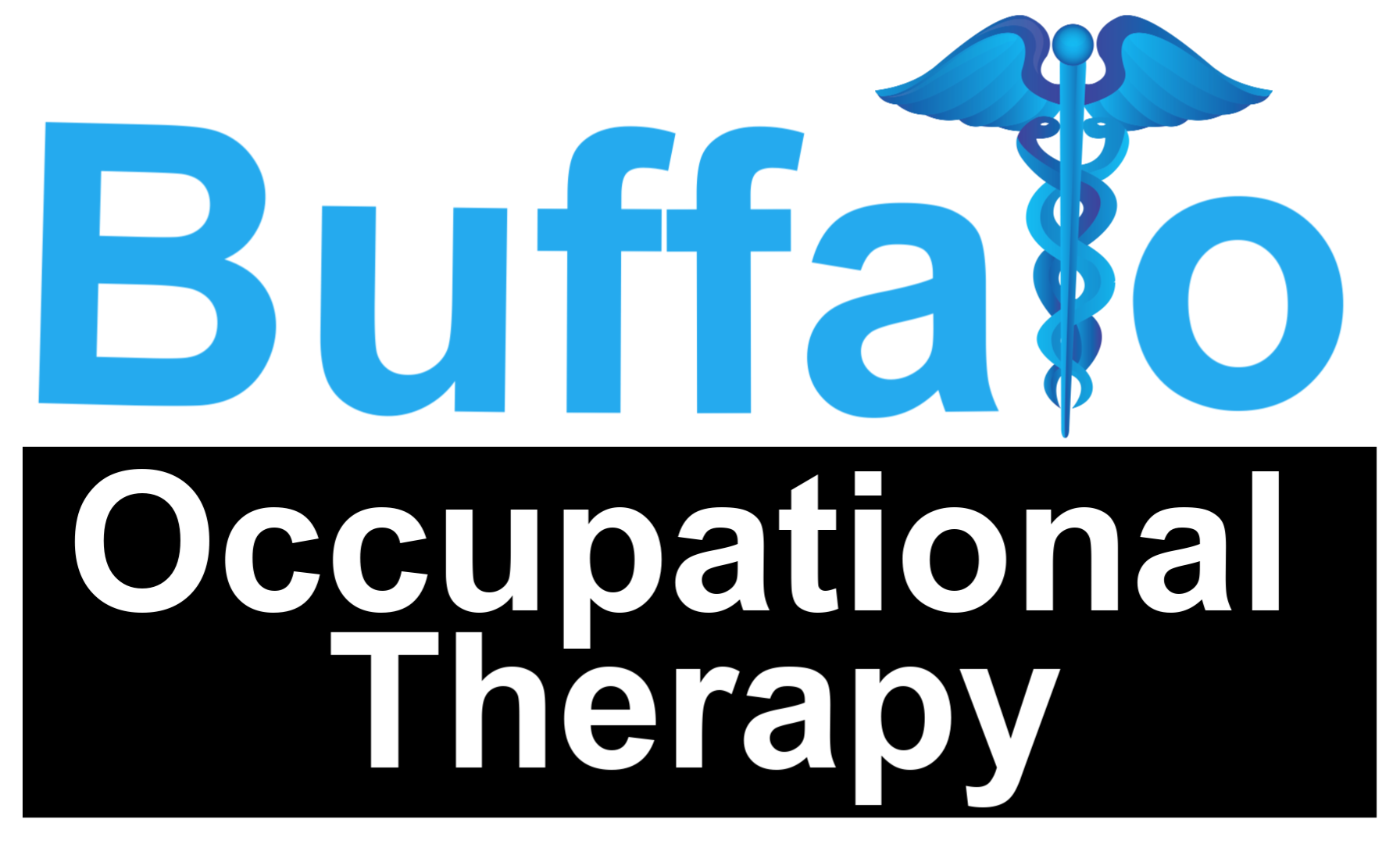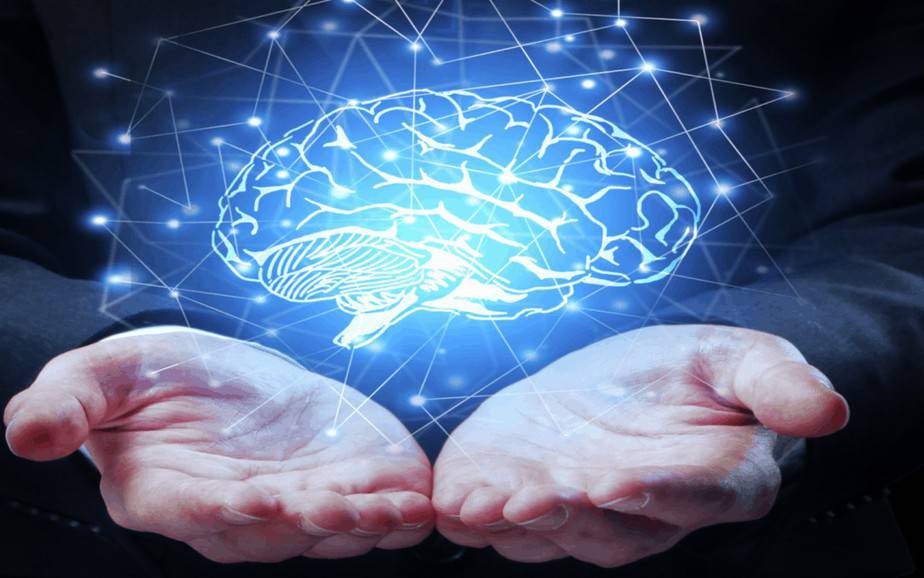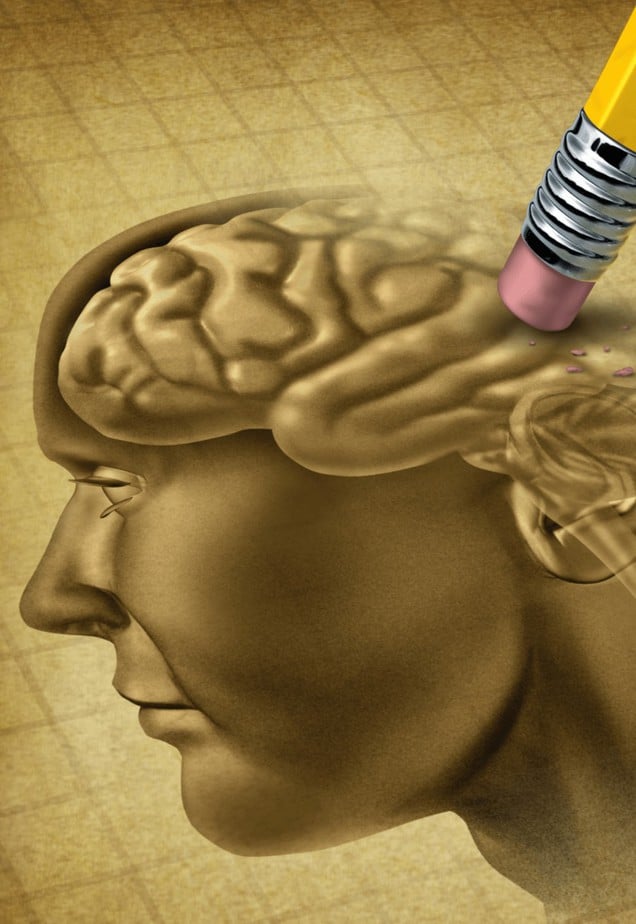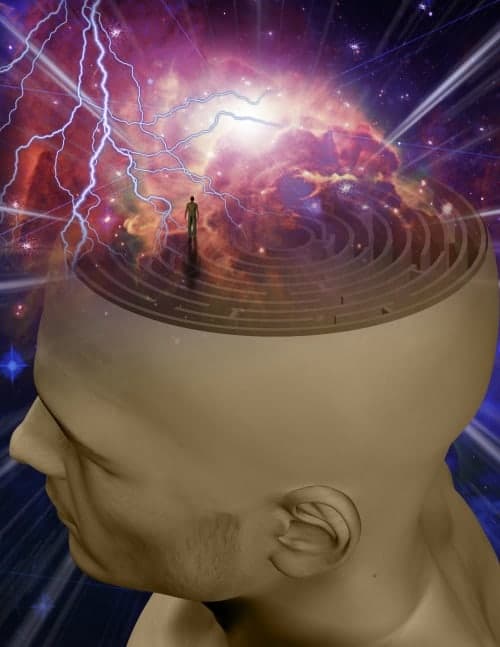Lewy Body Dementia and Rehabilitation
Authored by Michelle Eliason, MS, OTR/L, CKTS, C.D.S.
What is Lewy Body Dementia?
Lewy Body Dementia (LBD) is the second most prevalent progressive neurodegenerative diagnosis causing dementia. It is second to Alzheimer’s disease (AD), but differs in many ways. It is signified by lewy body proteins that appear in various parts of your brain affecting thinking, functional activities, judgement, executive function, functions of the autonomic nervous system, and mobility.
The Lewy Body Association has more information regarding the difference between Alzheimer’s Disease (AD) and Lewy Body Disease (LBD).
What do I do if I’ve been diagnosed with Lewy Body Dementia (LBD)?
After receiving an LBD diagnosis, it is important to establish a long-term therapy team including occupational therapy, speech therapy, and physical therapy familiar with the progression of this diagnosis. By establishing a small therapy team that will be able to remain with you throughout the stages of Lewy Body Dementia, you will be able to maximize your physical function, maintain your performance in functional activities, and ensure you remain in control of your symptoms instead of the other way around.
Symptoms of Lewy Body Dementia
- Runny Nose
- Visual hallucinations (detailed)
- Delusions
- Agitation and frustration
- Difficulty multi-tasking or remaining on task
- Information processing difficulties
- Stooped posture (similar to Parkinson’s disease)
- Overall movements and mobility slowing down
- Balance and coordination decline
- Walking turns into a ‘shuffle’
- Voice becomes more quiet
For more symptoms of Lewy Body Dementia, head to Alzheimer’s Association.
What are my options after receiving an LBD diagnosis?
Although there are neurocognitive enhancement medications, one of the most important things you can do for yourself is to seek out a team of therapists as early as possible. With the right early intervention strategies you can improve your symptoms and/or control the speed at which you experience decline.
What type of intervention is used by a neuro-centered rehabilitation team?
- Neurodevelopmental Techniques
- Proprioceptive Neuromuscular Facilitation
- Cross Crawl Strategies
- Neuromuscular Re-education
- Neurocognitive Strategies
- Heavy Work
- Brain Work
- Habituation Techniques
- Functional training to ensure you can remain independent in self-care (ADLs) and other activities of independence (IADLs) for as long as possible
- Staging
- Screening
- Education
How can outpatient occupational therapy help after a dementia diagnosis?
- Once given a dementia diagnosis, we can ‘stage’ your dementia progression through specific screens and assessments so that you always feel in control of your circumstances.
- Make recommendations for adaptive equipment, durable medical equipment, and mobility aids throughout each stage
- Provide a hybrid approach to rehabilitation and maintenance grounded in neurocentric principles offering you an inclusive rehab program.
Helpful Page Definititions
Instrumental Activities of Daily Living (IADLs)
Instrumental Activities of Daily Living (IADLs) are essential for independence in life roles and required for aging in place. There are 8 activities core activities for independence including cooking, cleaning, communication, taking and managing medication, handling your personal finances, transportation and community mobility, shopping
Cooking - The ability to follow a recipe and having the stamina to prepare a meal for yourself and/or your family
Cleaning - The ability to perform light housekeeping including making your bed, doing your laundry, washing the dishes, taking out the trash, vacuuming, sweeping, cleaning your bathroom, etc.
Communication - The ability to use the telephone, the computer, have conversations with people (familiar and strangers), communicate your needs clearly.
Taking medication - The ability to sort and organize your medication or determine a compensatory method to do so as well as taking the appropriate dosage at the appropriate time.
Personal Finances - The ability to establish an organization method to understand financial responsibilities and pay your bills on time.
Transportation - Whether you are driving, calling for a driving service like a taxi or Uber, or taking public education. You must have a defined action plan for community mobility and transportation.
Shopping - The ability to plan transportation, plan a grocery/clothing list of needs for yourself and your home, have the stamina to collect your items at the store, and be able to get them into your house.
Activities of Daily Living
Occupational therapists are trained in occupations and activity analysis. An occupation is an activity that you believe is important to your life. There are many levels of occupations, but activities of daily living (ADLs) are the most personal activities and are usually the ones people find most important if they were to lose the ability to complete them.
ADLs include:
- Bathing and showering
- Getting dressed
- Going to the bathroom
- Walking and getting up and down from a chair or car
- Eating and swallowing
- Feeding
- Sexual activity
- Personal hygiene and grooming
- Being able to use personal care devices like adaptive equipment and durable medical equipment
Progressive Neurological Disorders (PND)
Progressive Neurological Disorders (PNDs) are diagnoses that are progressive in nature and cause a decline in function throughout their progression. They are also known as neurodegenerative diseases. The decline can be seen over decades, years, months, or even weeks.
Some common examples of PNDs include Multiple Sclerosis, Parkinson's disease, Lewy Body Dementia, Lou Gerhig's Disease, Alzheimer's disease, Motor Neuron Disease, and Huntington's disease.
Early intervention for any neurodegenerative disease is critical to maintaining function for as long as possible. Restoration in early stages and maintenance throughout a disease progression can benefit your quality of life and reduce caregiver burden.
Neuromuscular Re-education
NMRE is used by neurocentric occupational therapists to improve communication between your muscular system and nervous system. By promoting this stream of communication, you close the circle of recovery. Without NMRE, you can have the biggest muscles in the world and still experience mobility deficits due to poor reaction time, coordination, and mixed signals.
Heavy Work
Heavy work is also known as resistance training and can utilize isometric and isotonic movements with or without external weights while focusing on eccentric and concentric muscle contractions. By partnering heavy work with visual perceptual tasks and neural recruitment visualization, increased carryover and recovery is experienced.
Neurodevelopmental Techniques (NDT)
NDT is a hands-on approach used by occupational therapists to provide deep pressure to key parts of your body during repeated movements. Your movement mixed with repetition and deep pressure creates and stores new motor patterns in your brain in order to re-establish mobility and speed up recovery.
Proprioceptive Neuromuscular Facilitation (PNF)
NDT is a hands-on approach used by occupational therapists to provide deep pressure to key parts of your body during repeated movements. Your movement mixed with repetition and deep pressure creates and stores new motor patterns in your brain in order to re-establish mobility and speed up recovery.
Cross Crawl Techniques
A cross-crawl technique is used in movement and mobility training of both upper body and lower body. By recruiting both sides of your brain using opposite movement patterns we strengthen the communication across the two sides of your brain known as your corpus collosum.
Neurocognitive Strategies
When combining neurcogitive skills and functions with motor elements, true cognitive rehabiliation can take place (memory, recall, sequencing, etc.). We include the domains of neurocognition like language, calculation, executive functioning, complex attention, perceptual-motor, and reasoning while training your body in order to increase neural plasticity and neural re-patterning.
Autonomic Nervous System
The Autonomic Nervous System (ANS) ultimately controls your fight-or -flight response as well as any major body function that you do not think about on a regular basis.
The major functions of the ANS, divided between the sympathetic system and parasympathetic system, include:
- Heart rate
- Breathing rate (Cardio pulmonary efficiency)
- Digestion
- Sexual response
- Metabolism
- Production and regulation of body fluids like sweat and salivation (drooling)
- Emotional response
- Body temperature
Neural Plasticity
What is neural plasticity or brain plasticity?
Neural plasticity or brain plasticity is a concept known by neurological-centered medical professionals. It is your brain's ability to create new pathways to work around injured ones! This is the foundation of rehabilitation (your body's ability to repair itself). Whether you are re-learning to put weight through your joints after surgery or re-learning to open and shut your hand after a stroke -- neural plasticity is involved! If someone has had a stroke, brain injury, diagnosed with Alzheimer's or another form of dementia, multiple sclerosis, etc. ---the body's desire to maintain its ability to function does not disappear it just needs to be guided in a specific way.
Activity Analysis
Occupational therapists specialize in activity analysis. Activity analysis is breaking down a task into its basic parts and you master each part of the whole activity in order to enable maximum independence.
Functional Activities
Occupation-based interventions are the most functional-based approach to rehabilitation. When you are invested in the activity and understand why you are doing something, your brain's ability to heal and re-learn motor patterns improves exponentially! Occupational therapists are functional rehabilitation specialists which means we are experts in translating physical strategies into functional activities! We understand that performing a sit-to-stand in the studio is much different than getting up from your favorite recliner chair! Likewise, re-learning how to move your arm or walk in the studio is much different than feeling confident entering your home or moving about the community! Buffalo Occupational Therapy always bridges this gap and includes these real-life elements as part of our outpatient rehabilitation process!



